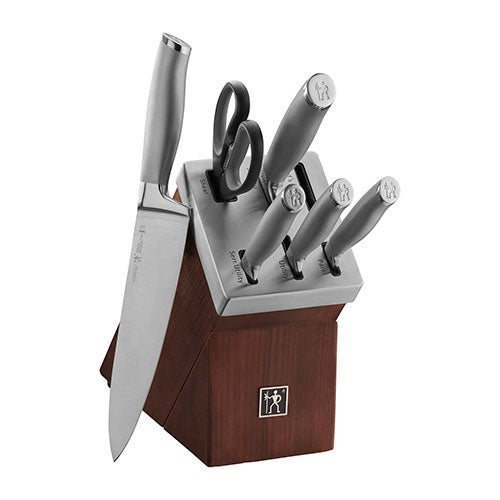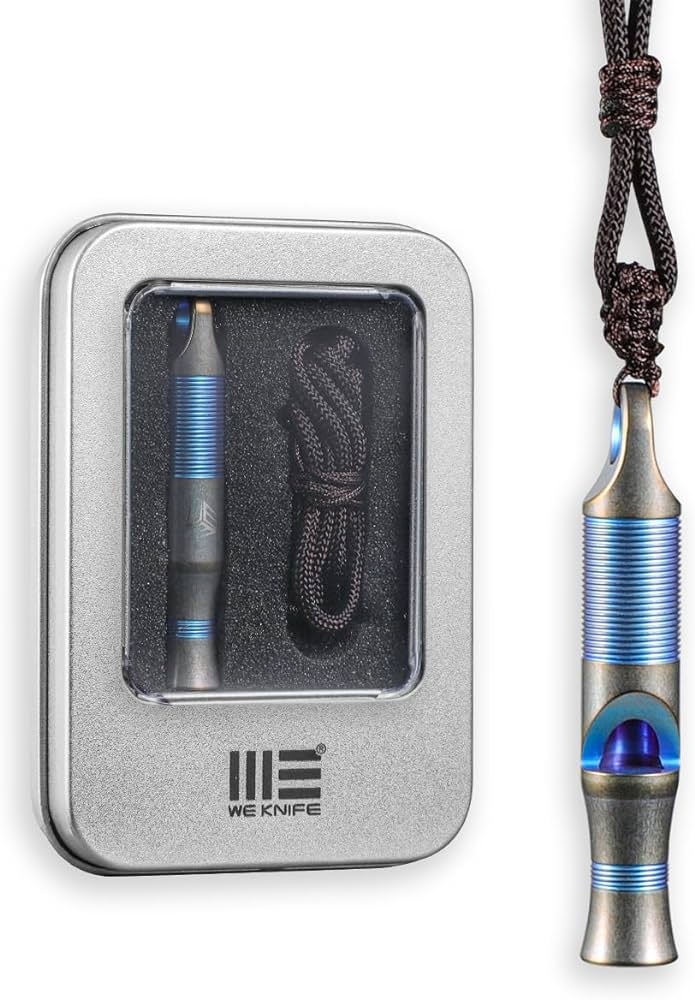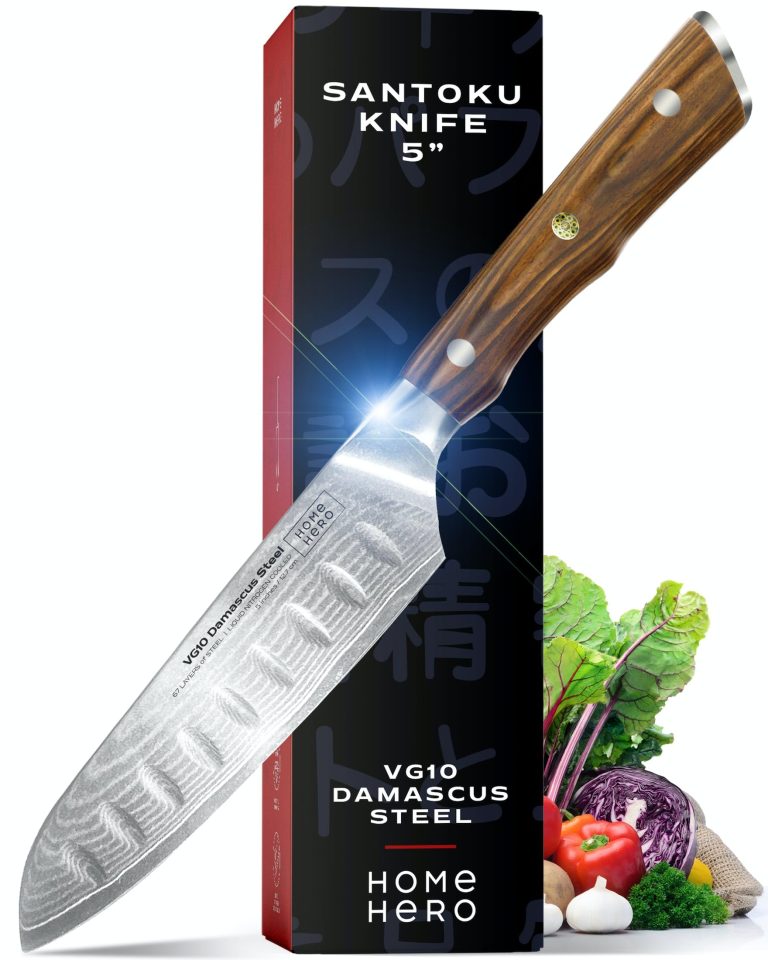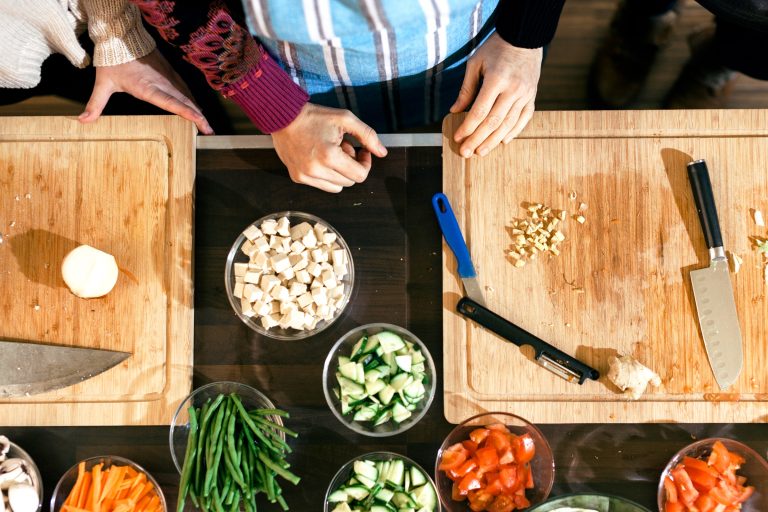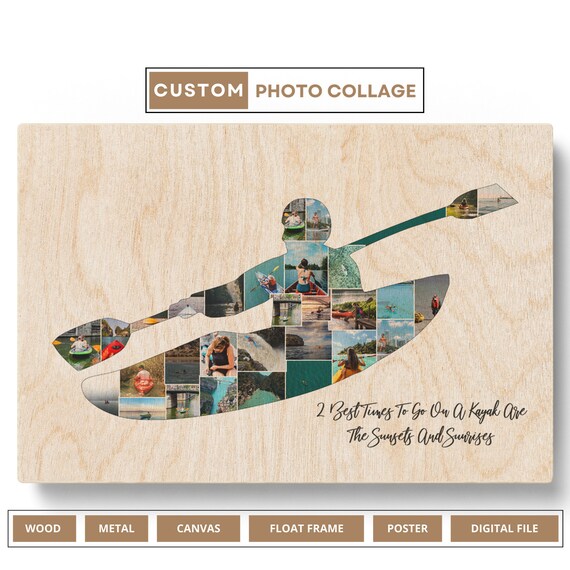Kayaking Knife Safety Techniques
To ensure kayaking knife safety, use a sharp, easily accessible knife and learn proper handling techniques for emergencies. Kayaking is an enjoyable and adventurous water activity that allows individuals to explore and navigate beautiful water bodies.
However, like any outdoor activity, it comes with its own set of risks. Safety should always be the top priority when engaging in kayaking, and one essential safety technique is the use of a kayak knife. A kayak knife is a versatile tool that can serve various purposes, such as cutting ropes, freeing oneself from entanglements, or aiding in rescue situations.
We will explore the importance of kayaking knife safety and discuss some techniques to ensure its effective and safe use. By understanding and implementing these techniques, kayakers can enhance their safety and be better prepared for any unforeseen circumstances that may arise during their adventures on the water. So let’s dive in and discover the essential aspects of kayaking knife safety.
The Importance Of Knife Safety In Kayaking
Kayaking Knife Safety Techniques
Understanding the potential risks
Kayaking is an exciting water sport, but it’s important to be aware of potential risks and prioritize safety. One essential tool that every kayaker should have is a **knife**. Why is a knife so crucial in kayaking?
- Self-rescue: A knife can be used to free yourself from entangled ropes or fishing lines that can be hazardous during kayaking.
- Emergency situations: In the event of an accident or other emergencies, a **knife** can be used to quickly cut through ropes, straps, or other obstructions.
- First-aid: A knife can also serve as a vital tool for first-aid purposes, such as cutting bandages or removing clothing to access injuries.
- Gear repair: Sometimes, kayak gear may require immediate modifications or repairs, and a **knife** can come in handy for cutting and adjusting straps or cords.
It’s important to choose a knife specifically designed for kayaking, with a blunt tip to minimize accidental injuries. Always ensure the knive is securely attached to your gear for easy access in case of emergencies.
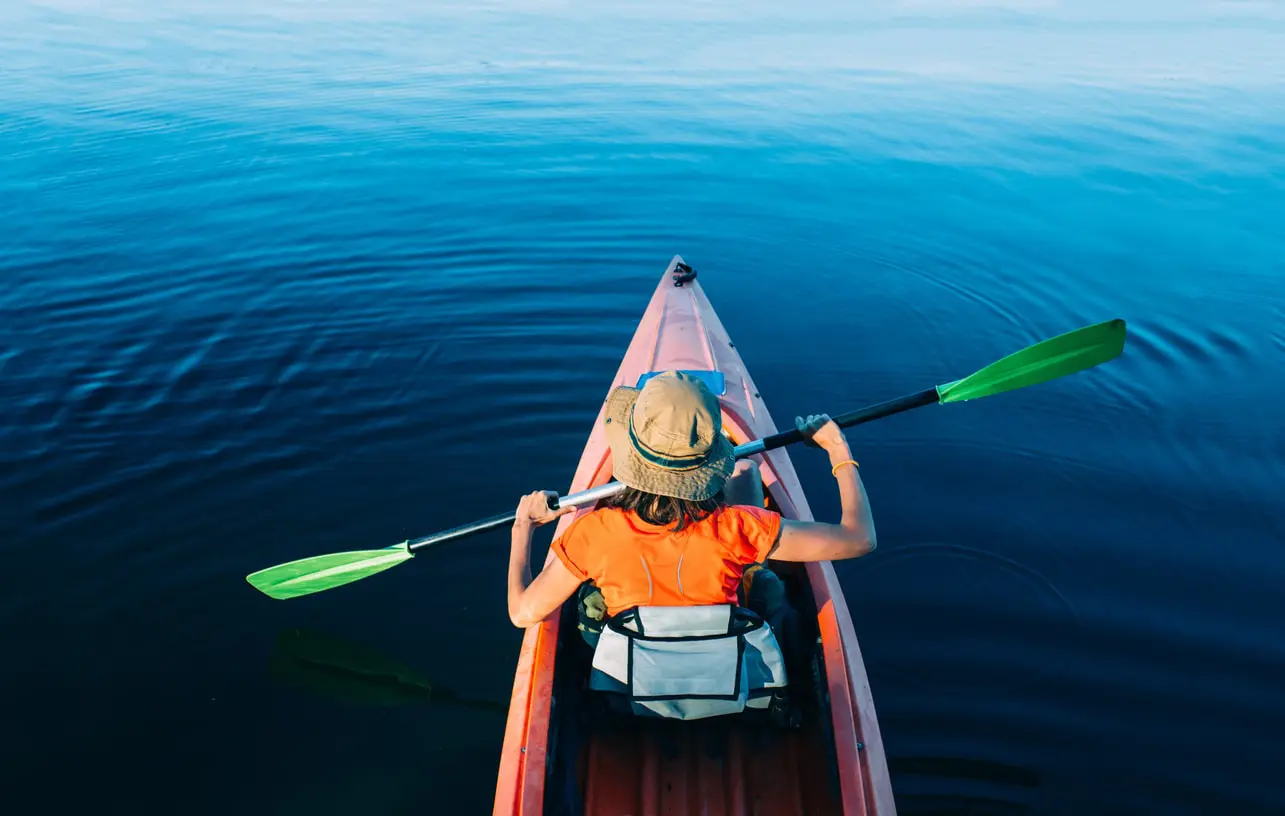
Credit: www.ez-dock.com
Choosing The Right Knife For Kayaking
Kayaking knife safety is of utmost importance when it comes to enjoying a smooth and secure kayaking experience. One crucial aspect is choosing the right knife for kayaking, ensuring it meets your specific needs. To select a suitable knife, there are several considerations to keep in mind.
Firstly, consider the blade. Look for blades made of stainless steel or titanium, as they offer durability and resistance to corrosion. A serrated edge can be valuable for cutting through various materials encountered during kayaking, such as rope or fishing nets.
Handle design is another essential factor. Opt for a knife with a nonslip handle to maintain a firm grip, even in wet or slippery conditions. Additionally, a blunt tip can prevent accidental injuries, reducing the risk of puncturing the kayak or yourself.
Attachment options are vital for convenient storage. Many kayaking knives come with sheaths that can be easily attached to your personal flotation device or kayak, ensuring quick and easy access when needed.
Size and weight should also be considered. A compact and lightweight knife is ideal for carrying on your person without hindering movement or causing discomfort.
Lastly, blade lock mechanisms can enhance safety during use. Look for knives with secure lock mechanisms to prevent accidental folding or closing of the blade during critical tasks.
By taking into account these considerations for selecting a suitable kayak knife, you can ensure a safer and more enjoyable kayaking experience.
Proper Knife Handling Techniques
Ensuring a secure grip while using a knife: To maintain control and reduce the risk of accidents, it is crucial to have a firm grip on your kayak knife. Choose a knife with a textured handle that offers better traction. Additionally, hold the knife with your fingers wrapped around the handle and the thumb resting on the top for added stability.
Correct positioning for efficient knife use: Positioning your knife correctly helps prevent injury and makes it easier to perform tasks effectively. Keep your knife pointed away from your body while using it to avoid accidental cuts. Hold the knife close to the base for better control and precision. Remember to work in a well-lit area where you can clearly see what you are doing.
| Tips | Description |
|---|---|
| Choose a knife with a sheath | Sheath adds an extra layer of protection and minimizes accidental cuts. |
| Practice proper knife storage | Keep your kayak knife secured in a sheath or holster to minimize the risk of injury. |
| Regularly inspect and maintain your knife | Check for any signs of damage or dullness and sharpen as needed. |
| Be cautious while performing cutting maneuvers | Always cut away from yourself, maintaining a safe distance from any body parts. |
Knife Maintenance For Kayakers
Knife Maintenance for Kayakers
Proper cleaning and lubricating of your kayaking knife is crucial to ensure its longevity and performance on the water. Make it a regular habit to clean and lubricate your knife after each use. Use a soft cloth or sponge and mild soap to gently remove any dirt or debris. Check for rust and corrosion by inspecting the blade and handle. If you notice any signs of rust, use a rust remover or a mixture of vinegar and baking soda to gently scrub it off. After cleaning, make sure to dry the knife thoroughly to prevent moisture from causing damage. Apply a thin layer of knife oil or silicone lubricant to the blade and pivot points to keep them moving smoothly. By following these maintenance techniques, you can ensure that your kayaking knife remains in excellent condition and ready for any water adventure.
Safe Handling Practices For A Kayaking Knife
When it comes to kayaking knife safety, it is crucial to practice safe handling techniques. One important aspect is carrying the knife securely on your person. This ensures that it is readily accessible when required, while also minimizing the risk of it getting caught on anything during paddling. To achieve this, you can consider using a knife sheath that attaches securely to your life jacket or PFD. It is important to be mindful of the knife’s location while paddling. Avoid placing it in a position that obstructs your movement or interferes with your ability to grip the paddle. Additionally, ensure that the knife is securely fastened to avoid any accidental loss or damage. By following these safety guidelines, you can enjoy a safe and enjoyable kayaking experience.
Knife Safety Techniques In Emergency Situations
| Knife Safety Techniques in Emergency Situations |
When faced with emergency situations, it is crucial to know how to safely use a knife to free yourself or others. Here are some techniques to keep in mind: |
Techniques for cutting ropes and entanglements
|
Self-Rescue Techniques With A Kayaking Knife
Kayaking knife safety techniques are crucial for any kayaker, especially when it comes to self-rescue situations. A kayaking knife is a versatile tool that can aid in self-rescue by providing assistance in various ways.
One of the primary uses of a kayaking knife in self-rescue is cutting away obstacles. When faced with entanglements or obstructions such as ropes or fishing lines, the knife can be used to quickly and safely cut through them. It is important to remember to use the knife in a controlled and deliberate manner, avoiding any sudden or careless movements that could cause harm.
Additionally, the knife can be used to facilitate freeing yourself from a hazardous situation, such as being trapped under a capsized kayak. It can help in cutting through straps, cords, or other entanglements that may prevent a quick escape.
Moreover, a kayaking knife can serve as a signaling tool, with some knives offering a built-in whistle or reflective features to attract attention during emergencies. This can be invaluable in situations where visibility is low.
In conclusion, a kayaking knife is an essential piece of gear that can enhance safety and aid in self-rescue techniques while kayaking. By understanding the proper use and techniques, kayakers can confidently navigate various challenges they may encounter on the water.
The Importance Of Being Prepared With Kayaking Knife Safety Techniques
When it comes to kayaking, prioritizing safety should always be the topmost concern. Being equipped with proper kayaking knife safety techniques is crucial for a safe and enjoyable experience on the water. By following these techniques, you can effectively handle any unexpected situations that may arise during your kayaking journey.
Recap of the key safety techniques discussed:
- Choosing the right knife: Selecting a knife specifically designed for kayaking ensures durability and functionality. Look for a knife with a serrated edge, a blunt tip, and a secure grip.
- Securing your knife: Attach the knife securely to your person or your kayak. Consider using a sheath, a life jacket knife pocket, or a knife lanyard to prevent loss or accidental injury.
- Learning proper handling techniques: Familiarize yourself with how to safely handle your knife, including opening and closing mechanisms and different grip positions. Regular training and practice are essential.
- Understanding emergency situations: Be prepared for potential emergencies like entanglements or a capsized kayak. Learn how to effectively use your knife to free yourself or others from entanglements and cutting ropes or cords in an emergency situation.
- Maintaining your knife: Regularly inspect and maintain your knife to ensure it remains in good working condition. Clean, dry, and lubricate your knife as recommended by the manufacturer.
Remember, prioritizing safety through proper kayaking knife safety techniques is essential for a safe and enjoyable kayaking experience. By following these techniques, you can confidently navigate the waters and handle any unforeseen challenges with ease.
Conclusion
As you wrap up your kayaking adventure, don’t forget to prioritize your safety by following the essential techniques for using a kayak knife. By carefully choosing a reliable and properly stored knife, understanding how to handle it correctly, and regularly practicing your knife skills, you can ensure your safety and the safety of others during your kayaking expeditions.
Remember to keep the knife accessible but secure, maintain a firm grip while cutting, and always be aware of your surroundings. By adhering to these safety techniques, you can confidently navigate any potential hazards that may arise while kayaking. Whether you’re a beginner or a seasoned kayaker, it’s crucial to prioritize safety as you embark on your next adventure.
So, let the tranquil waters carry you to new horizons, knowing that you have the skills to keep yourself and your fellow adventurers safe.
4 Incredible Uses of a Survival Knife in the Wild Affordable Kayaking Knife Choices Antique Fishing Knives And Their Value Benefits of a Serrated Kayaking Knife Blade 101: Types Of Kitchen Knives Blade Locking Mechanisms for Kayak Knives Bread Knife Buyer'S Guide: Crispy Crusts And Perfect Slices Camping Cooking Knife : Unleash the Power of the Ultimate Outdoor Cooking Tool Camping Knives Choosing the Right Blade Length Choosing the Right Camping Knife for Your Adventures Compact Folding Knives for Kayaking Custom Kayaking Knives for Enthusiasts Emergency Situations And Kayaking Knives Ergonomic Steak Knife Handles for Comfortable Dining Essential Camping Knife Types for Outdoor Enthusiasts Expert Tips for Knife Maintenance Fishing Knife Brands With a Legacy Fishing Knife Materials And Construction Fishing Knife Sharpening Techniques Fishing Knife Sheaths And Holders Fishing Knife Vs. Kayaking Knife Fishing Knife Vs. Standard Kitchen Knife Home Knives Kayaking Knife Blade Materials Kayaking Knife Care for Durability Kayaking Knife Collections to Inspire Kayaking Knife Uses Beyond Paddling Outdoor Cooking Knife: Master the Art of Culinary Precision Safety Precautions for Kayak Fishing Knives Serrated Vs. Straight-Edge Steak Knives: Which Cut Better? Skinning Knives for Anglers Specialty Kayaking Knife Blades Surgical Precision: The Role of Doctors Knives in Medicine Tactical Fishing Knives for Survival Tactical Kayaking Knives for Survival The Anatomy of a Kayaking Knife The Evolution of Doctors Knives in Modern Medicine The Future of Kayaking Knife Technology The History of Steak Knives And Their Place at the Table The Joy of Custom Kitchen Knives: Personalized Perfection Top-Notch Kayaking Knife Designs Unique Fishing Knife Designs Versatile Kayaking Knife Options Wooden Handle Kitchen Knives: Enhance Your Culinary Power

